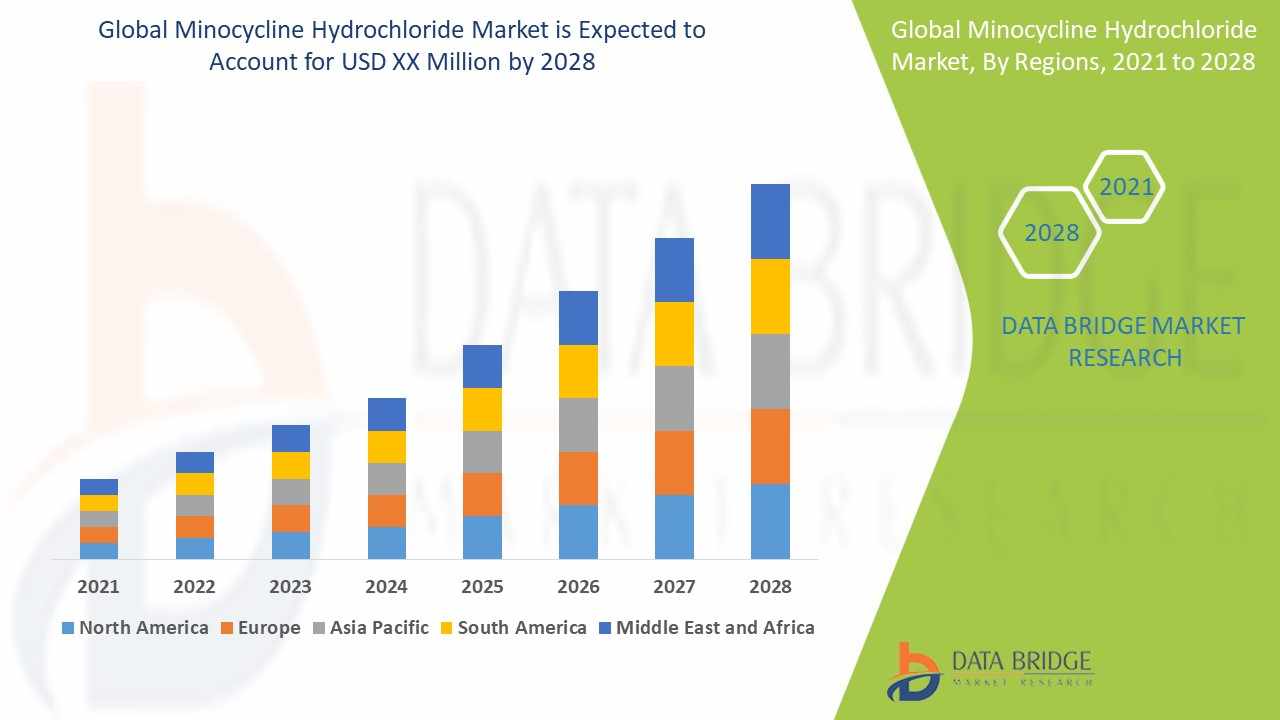
Introduction
Minocycline hydrochloride, a semisynthetic derivative of tetracycline, has emerged as a vital therapeutic agent in treating various bacterial infections. Its broad-spectrum activity and ability to penetrate tissues make it effective in treating respiratory tract infections, skin conditions like acne vulgaris, urinary tract infections, and even neurological disorders in ongoing research. The global minocycline hydrochloride market has garnered significant attention due to its established clinical utility and expanding applications in both human and veterinary medicine.
Full Details Report: https://www.databridgemarketresearch.com/reports/global-minocycline-hydrochloride-market
As antimicrobial resistance becomes a global concern, the demand for effective second-line antibiotics such as minocycline hydrochloride has grown substantially. With both branded and generic pharmaceutical companies expanding their portfolios, the market has witnessed increased production and distribution across major regions. The drug’s favorable pharmacokinetic properties and cost-effectiveness compared to newer antibiotics position it as a key player in infectious disease treatment protocols.
Trends
A notable trend shaping the minocycline hydrochloride market is the growing emphasis on generic drug production. As patents expire on branded minocycline products, generic formulations are flooding the market, leading to increased accessibility and affordability for patients worldwide. The generic surge is particularly visible in emerging economies where healthcare systems prioritize cost-effective treatments.
Another trend is the repurposing of minocycline for non-infectious diseases. Clinical trials have investigated its neuroprotective and anti-inflammatory properties for conditions like multiple sclerosis, Alzheimer’s disease, and even psychiatric disorders such as schizophrenia. This off-label expansion adds new layers of growth opportunities for pharmaceutical manufacturers and research institutions.
Topical formulations and sustained-release capsules are gaining traction as well. These novel delivery systems improve patient adherence and therapeutic outcomes. In the dermatological sector, topical minocycline products are increasingly preferred for acne treatment due to reduced systemic side effects.
Telehealth and e-pharmacy platforms are influencing prescribing patterns and accelerating the distribution of minocycline hydrochloride globally. These platforms have widened the availability of prescriptions, particularly for chronic skin conditions, enhancing the drug’s visibility and sales volume.
Market Size
The global minocycline hydrochloride market size was valued at approximately USD 100–120 million in recent years, with consistent growth projections. North America remains the leading regional market due to high healthcare spending, extensive use of antibiotics, and robust pharmaceutical infrastructure. The U.S. market, in particular, dominates due to the prevalence of acne treatment and the significant market share of both branded and generic minocycline products.
Asia-Pacific is witnessing the fastest growth, driven by increasing antibiotic usage, population growth, and improving healthcare infrastructure in countries like India, China, and Indonesia. Rising awareness about personal healthcare and the affordability of generics have further accelerated regional demand.
Europe represents a stable market segment, with strong regulatory frameworks and moderate adoption of minocycline hydrochloride, especially in dermatology and infectious disease sectors. Latin America and the Middle East & Africa offer untapped potential, albeit with regulatory and access-related constraints.
Latest Trending Reports:
Global Medical Thermometers Market
Global Aluminium Collapsible Tubes Market
Global Lane Keep Assist System Market
Global Automotive Refinish Coatings Market
Global Flexible Intermediate Bulk Container Market
Market Share
In terms of product segmentation, oral capsules hold the largest market share due to their widespread use for systemic infections and chronic acne. However, topical formulations and sustained-release capsules are gradually capturing more share, especially in the dermatology segment.
Generic manufacturers collectively hold a significant portion of the global market. Companies such as Teva Pharmaceuticals, Mylan (now part of Viatris), and Hikma Pharmaceuticals have established themselves as key suppliers. On the branded side, products like Solodyn and Minocin continue to maintain niche segments, especially among dermatologists and specialists.
Hospital pharmacies and retail pharmacies dominate the distribution channels, although online platforms are steadily gaining share due to changing consumer behavior post-COVID-19. Direct-to-consumer models are being explored in regions with regulatory flexibility, offering additional market share avenues.
Growth Drivers
The growth of the minocycline hydrochloride market is underpinned by several critical factors. The persistent prevalence of bacterial infections, especially in developing nations, drives consistent demand for broad-spectrum antibiotics. Minocycline’s affordability and effectiveness against resistant strains such as MRSA make it a preferred choice in both outpatient and inpatient settings.
Increasing dermatological disorders, especially among adolescents and young adults, fuel the demand for acne treatments. Minocycline remains a staple in moderate to severe acne therapy, particularly when topical agents fail. The drug’s anti-inflammatory properties also contribute to its growing use in inflammatory skin conditions.
Clinical research is another strong growth factor. Ongoing studies exploring minocycline’s role in neurodegenerative and psychiatric conditions point to potential new indications. If approved, these indications could significantly expand the market size and therapeutic relevance.
The rise in health insurance coverage in emerging economies and government efforts to strengthen antibiotic availability in rural and urban centers further stimulate market growth. In addition, growing partnerships between local manufacturers and global distributors have improved supply chain efficiency and market penetration.
Demand Outlook
The demand for minocycline hydrochloride is projected to grow at a compound annual growth rate (CAGR) of around 4% to 6% over the next five years. Demand is expected to remain strong in the dermatology segment, particularly with increasing incidences of acne vulgaris and rosacea. Hospitals and clinics continue to prescribe minocycline as a part of combination therapies for drug-resistant infections, ensuring sustained demand.
Veterinary medicine is an emerging segment, with minocycline increasingly used in livestock and pet treatments. Its broad-spectrum action and affordability make it suitable for farm-based bacterial infections, especially in poultry and cattle.
As antibiotic stewardship programs evolve, minocycline is often considered a second-line or alternative agent, which can increase its usage in controlled clinical settings. Additionally, the drug’s low allergenic potential compared to other tetracyclines enhances its appeal among patients with sensitivities.
Digital healthcare platforms and increased availability through online channels will also elevate its demand. Enhanced distribution networks, particularly in low- and middle-income countries, are forecast to further fuel consumption.
Future Insights
The future of the minocycline hydrochloride market looks promising, especially with the continued evolution of clinical research into new therapeutic areas. Advancements in drug delivery methods are expected to make minocycline more effective and patient-friendly. Liposomal formulations and nanoparticle-based delivery systems are under development and may change how the drug is administered.
Regulatory approvals for new indications will significantly boost market expansion. If studies on neurodegenerative or psychiatric uses yield positive results, minocycline could transition from being a secondary antibiotic to a multidisciplinary therapeutic agent.
Market consolidation may occur as large pharmaceutical players seek to acquire smaller generic manufacturers to bolster their portfolios. This could lead to improved pricing strategies, better quality control, and broader global reach.
Environmental and regulatory challenges related to antibiotic resistance are likely to shape production and usage patterns. Manufacturers may need to invest more in compliance, clinical trials, and eco-friendly production practices to meet global health standards.
Emerging economies will likely play a central role in future growth. As healthcare systems strengthen and insurance coverage widens, access to minocycline hydrochloride is expected to improve dramatically. Local manufacturing initiatives and government-supported healthcare reforms will support this trajectory.
Conclusion
The minocycline hydrochloride market stands at the intersection of established therapeutic reliability and innovative expansion. As traditional uses in bacterial infections remain strong and new opportunities in neurology and dermatology open up, the market is poised for steady growth. Driven by generics, digital distribution, and global healthcare development, minocycline hydrochloride continues to cement its position as a versatile and essential pharmaceutical agent.
About Data Bridge Market Research:
An absolute way to forecast what the future holds is to comprehend the trend today!
Data Bridge Market Research set forth itself as an unconventional and neoteric market research and consulting firm with an unparalleled level of resilience and integrated approaches. We are determined to unearth the best market opportunities and foster efficient information for your business to thrive in the market. Data Bridge endeavors to provide appropriate solutions to the complex business challenges and initiates an effortless decision-making process. Data Bridge is an aftermath of sheer wisdom and experience which was formulated and framed in the year 2015 in Pune.
Contact Us:
Data Bridge Market Research
US: +1 614 591 3140
UK: +44 845 154 9652
APAC : +653 1251 975
Email:- corporatesales@databridgemarketresearch.com

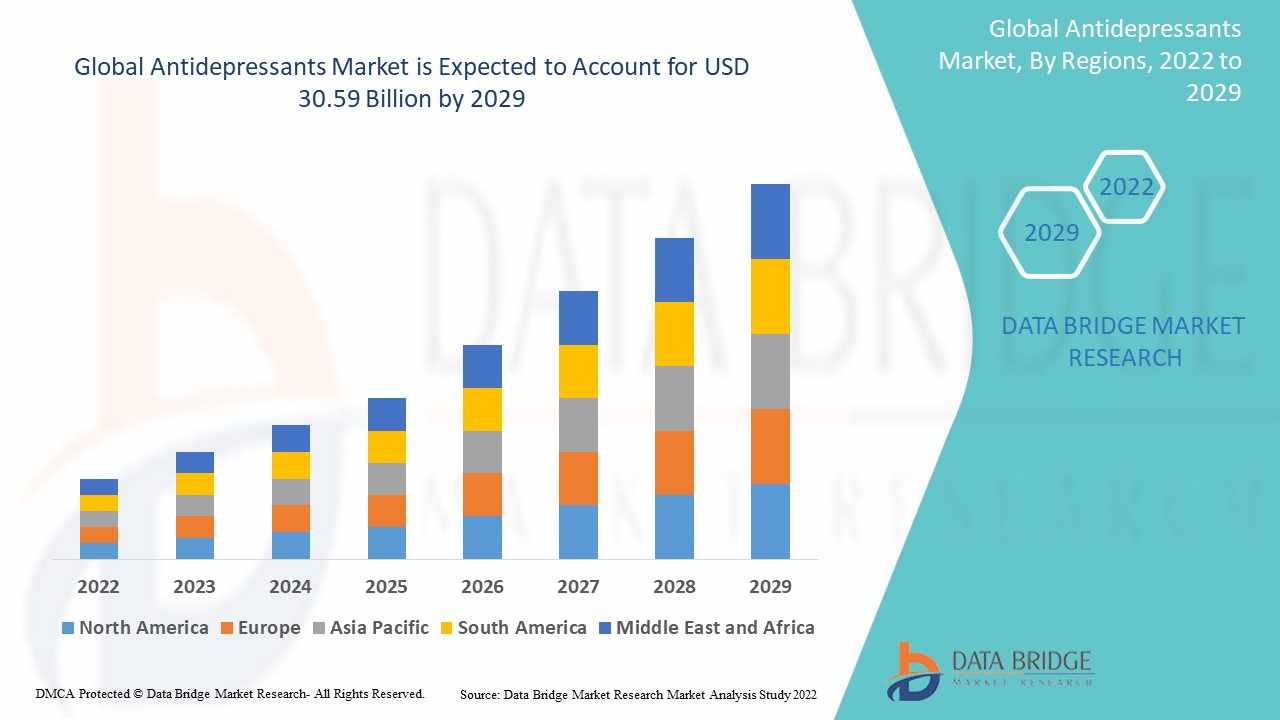
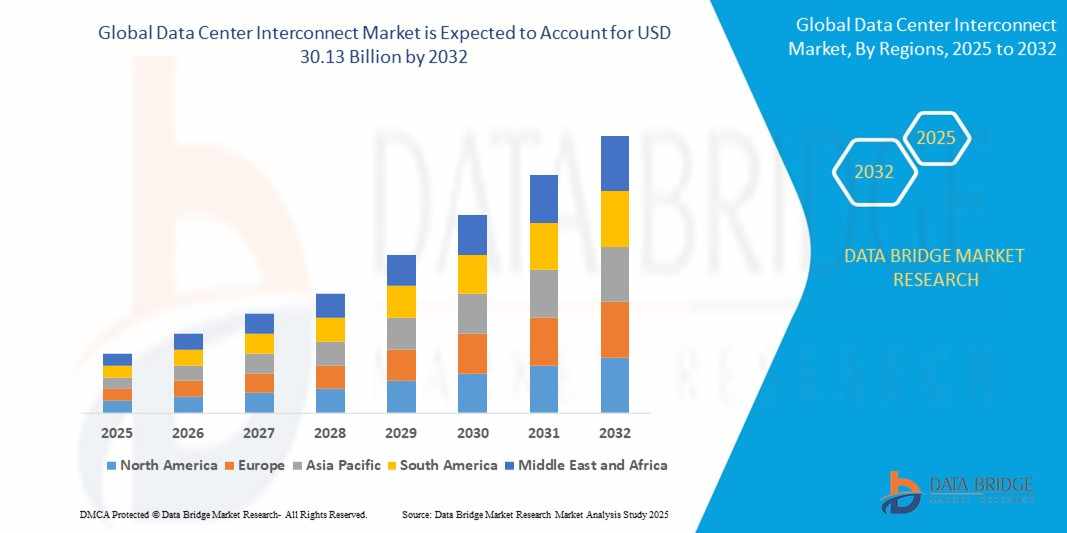
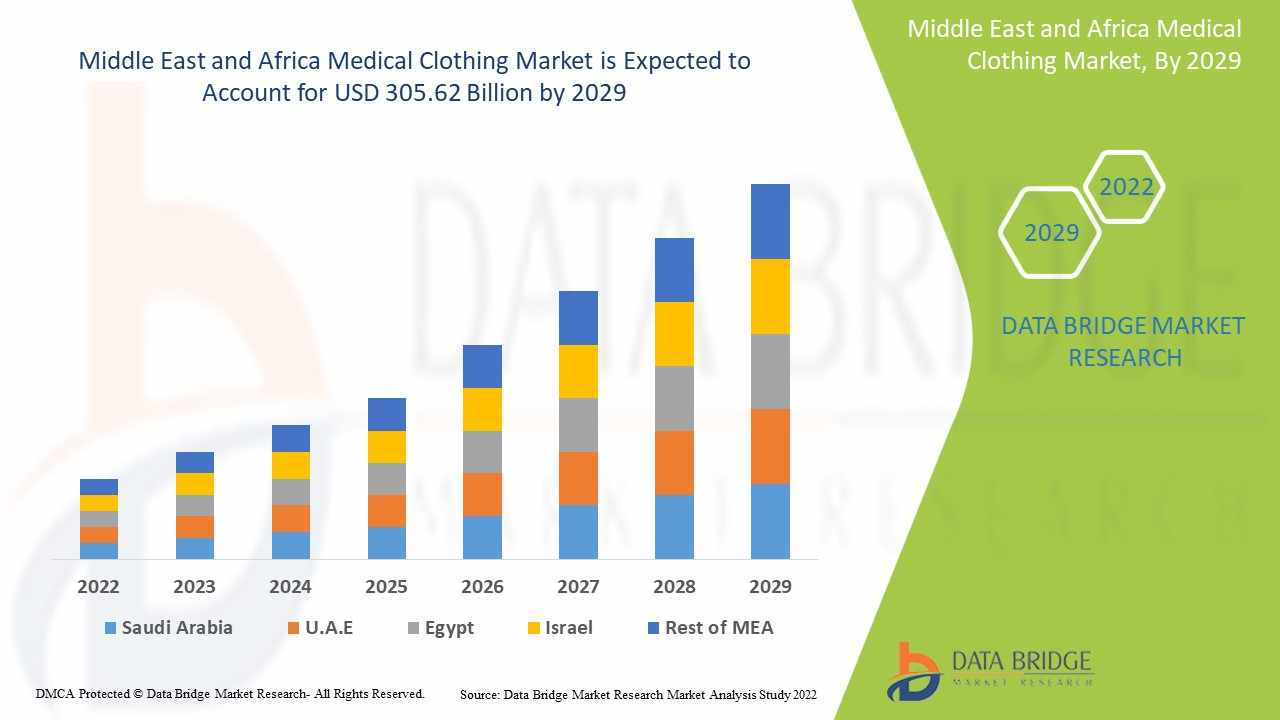
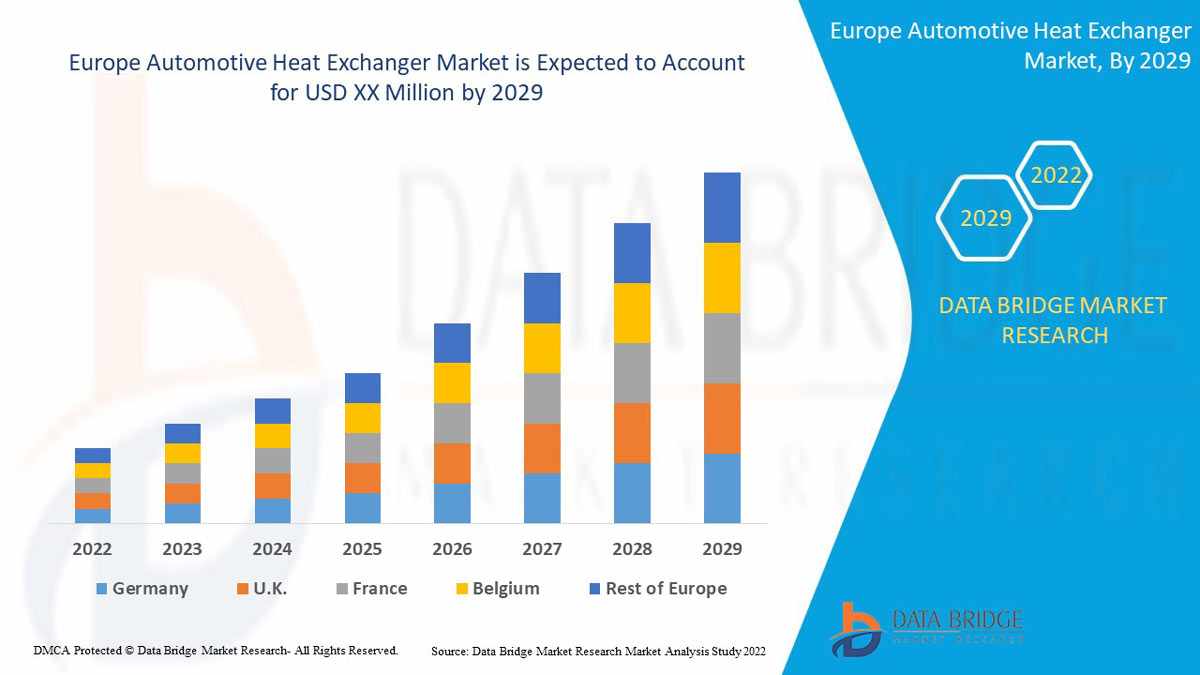
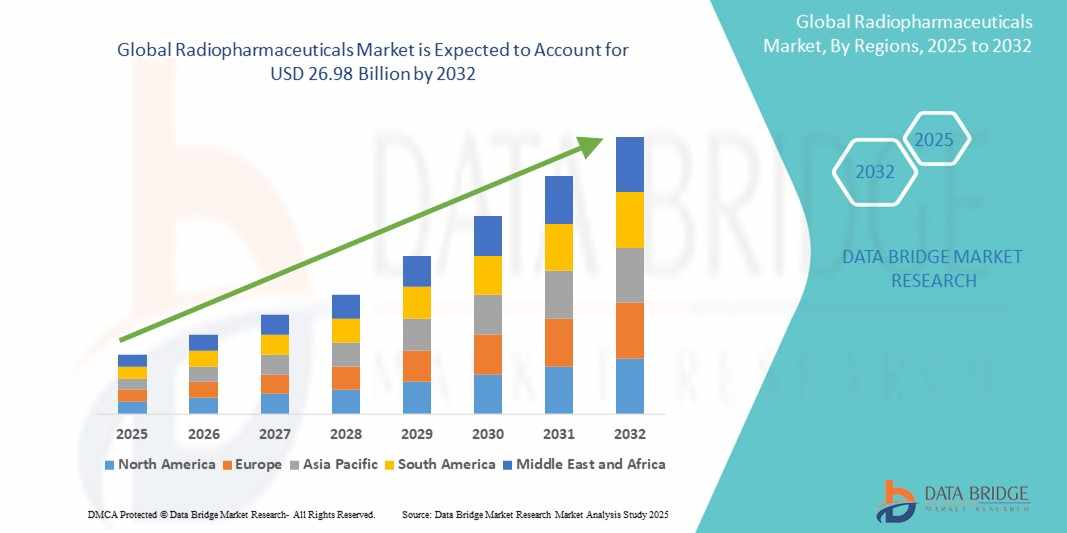
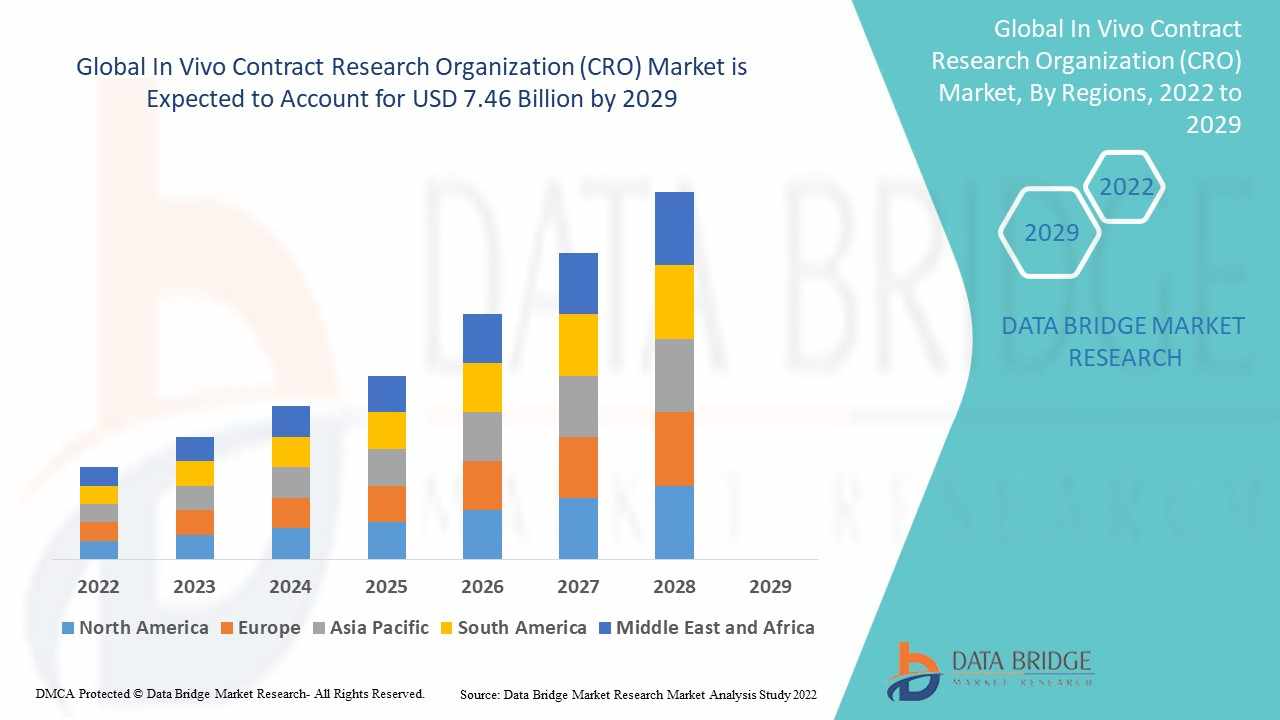
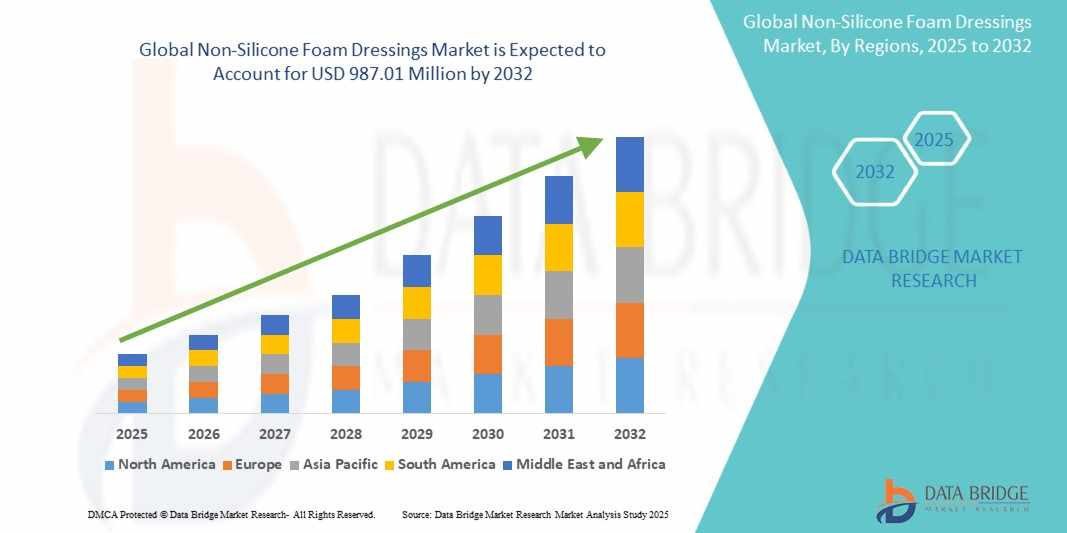

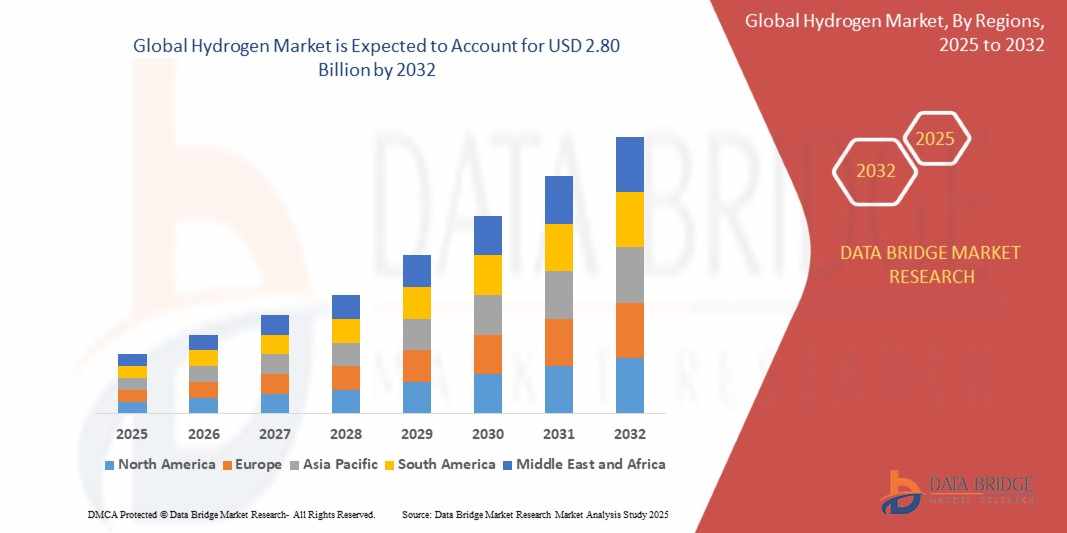
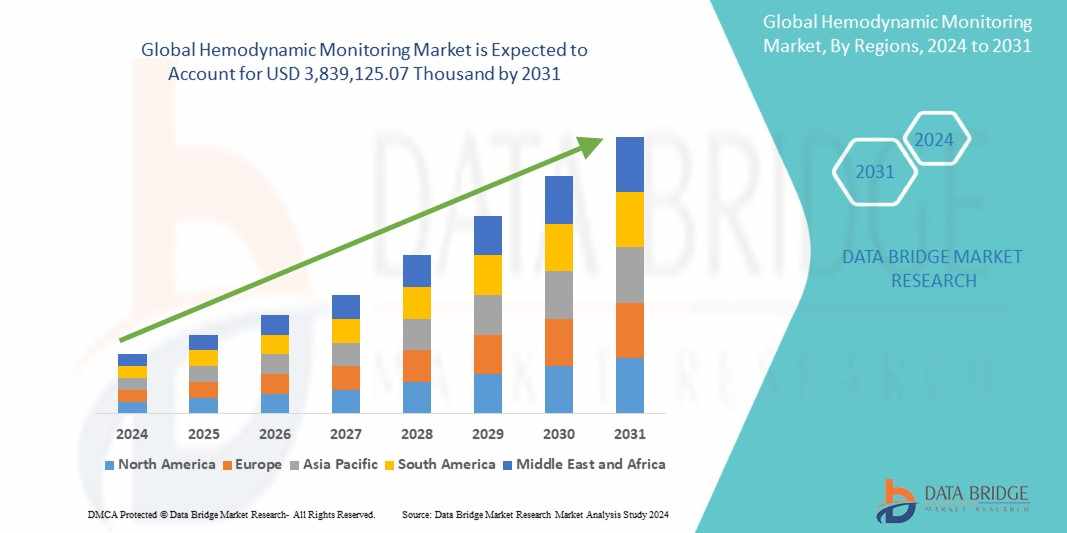









Write a comment ...